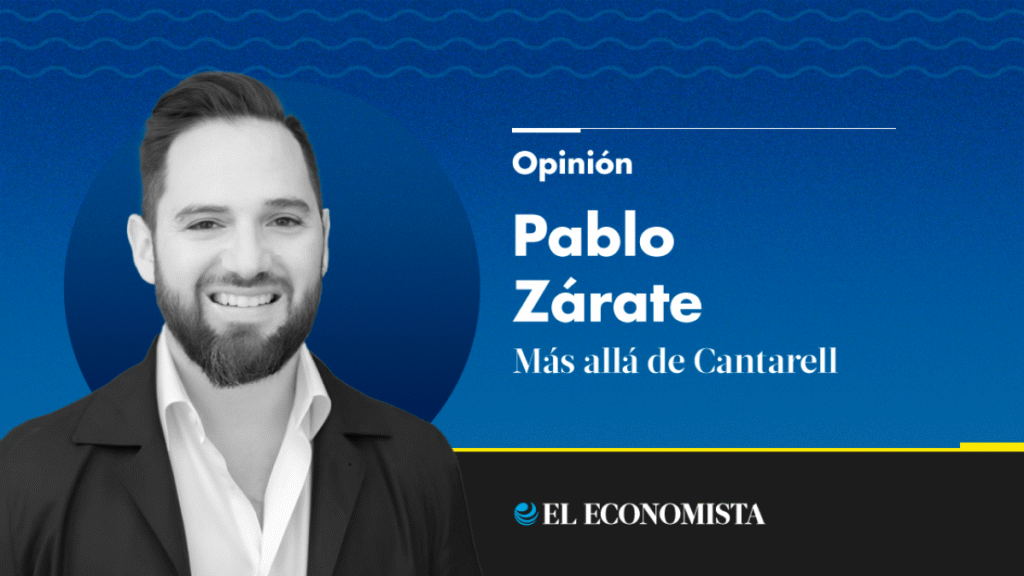Introduction
Reforming, counter-reforming, or over-reforming takes time. Following the 2013 constitutional energy reform, it took more than a year and a half for Mexico’s first oil round (Ronda Uno) to take place. The first long-term electricity auction took more than two years.
Recent Developments and Challenges
In the latest wave, several years have passed since the government announced its initially unsuccessful attempts to counter-reform in favor of state companies’ ‘prevalence,’ while promising not to scare away investment. It remains unclear how new investments in productive capacity will function within Mexico’s energy sector. Some draft regulations have circulated, along with hypotheses about new mixed contract forms, particularly in the petroleum sector. However, there is still no concrete foundation for investment decisions in new projects.
Mexico’s energy infrastructure deficit continues to grow, requiring further patience.
Notable Transactions
The sector’s defining activity has been secondary market transactions and financing for Pemex. The three most significant milestones are Iberdrola’s two portfolio acquisitions and the P-Caps emission. Together, they represent over 20 billion dollars mobilized.
- Iberdrola Portfolio Acquisition 1: This is one of the largest transactions in Mexico’s energy sector history. It resulted in a new platform combining government investment, capital market investment, and private equity in a unique way. The initial capital structure, leveraging both Fonadin investment and substantial bridge loans from banks, was eventually replaced with a more permanent structure anchored around FIEMEX’s 4.5 billion dollar emission, with significant participation from seven Mexican Afores and even INFONAVIT. Mexico Infrastructure Partners (MIP) manages FIEMEX and acts as the private equity backer for Quantum Energía, controlling 13 generation plants representing nearly 10% of the country’s total installed capacity.
- Iberdrola Portfolio Acquisition 2: This transaction is intricate for different reasons. Cox Energy, the buyer, has invested less than 50 million euros to acquire a portfolio worth over 4 billion. There are more than 3 billion dollars in loans and an ongoing capital raise with institutional and individual investors. This structure has allowed Cox to transition from an emerging player to a major force in the sector, eventually operating assets representing 2,600 MW—a significant chunk of larger sectors with less than 1% value attachment.
- P-Caps Emission: This debt emission allowed Hacienda to indirectly support Pemex, effectively circumventing the legal prohibition that prevents the government from directly assuming Pemex’s debt. Mexico used a specialized entity (Eagle Funding LuxCo) to issue debt and use the proceeds to buy a portfolio of U.S. Treasury bonds. The 12 billion dollars raised (making it one of the largest bond structuring emissions in a single tranche) will be used to pay Pemex’s financial obligations and debt amortizations. The complex structure offers significantly better financing terms than Pemex could have achieved alone.
Financial Merit and Future Prospects
These three transactions are financially impressive, serving as global investment banking case studies from the start. If certain conditions are met, they have the potential to facilitate operational and energy success. However, they also raise questions:
- Question: Why is the sector becoming increasingly intricate financially, with high dependence on leverage?
- Answer: The increasing complexity reflects the need for innovative solutions to address Mexico’s energy infrastructure challenges. The high reliance on leverage is a testament to the sector’s growth potential and the government’s commitment to revitalizing energy production, transportation, and distribution.
- Question: Are there aspects of these transactions worth repeating or replicating?
- Answer: The successful mobilization of substantial capital and the innovative structures employed in these transactions could serve as models for future projects. However, each situation is unique, and careful consideration of context and objectives is essential before replication.
- Question: Can Mexico return to mainstream financing where ‘plain vanilla’ project financing enables the deployment of vast resources for building and upgrading energy generation, transmission, and distribution infrastructure?
- Answer: With the right policies, regulatory frameworks, and investor confidence, Mexico can indeed return to mainstream financing. The key lies in fostering a stable and predictable environment that encourages both domestic and foreign investment in energy projects.






